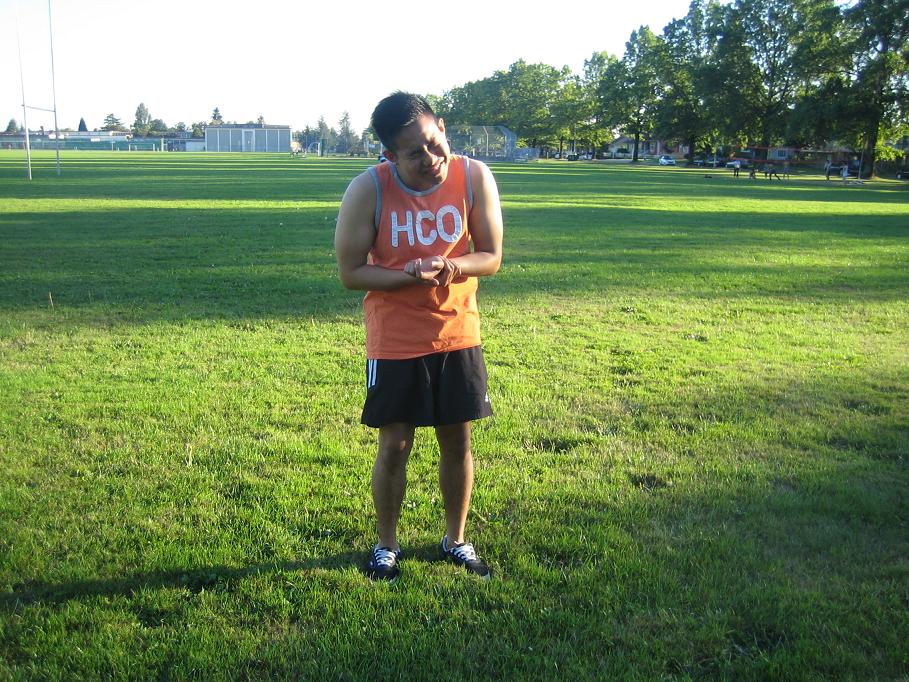A cone snail sting is caused by handling a cone snail. The sting usually happens when divers in deep reef waters handle the snails. Generally, the sting of this snail can penetrate gloves. In addition, the snail injects fast acting venom from its tooth that looks like a dagger to kill its prey.
Causes of cone snail sting
- Deep see divers and have a risk of direct contact with the cone snail.
- Handling cone snails dead or alive
- Wading in ocean water without proper protection.
- Keeping them in aquariums as pets
- Picking up the cone snails with bare hands
- Lastly, walking barefoot in shallow waters or on the beach
The sting is similar to a bee or wasp sting with burning and stinging sensations.
Symptoms
- At first, happens in hands and fingers caused by handling
- The sting is similar to a bee or wasp sting with burning and stinging sensations. A severe numbness and tingling sensation in the affected area.
- Sometimes the sting can result to cyanosis; the affected area becomes blue due to reduced flow of blood. The entire limb becomes numb or cause tingling sensations.
- Fainting or syncope
- In addition, paralysis or incapable of moving the body and stop the ability to breath. The diaphragm is paralyzed can result to coma or death.
- Itching, skin rashes
- Headaches
- Severe fatigue
- Unconsciousness
- Lastly, nausea, vomiting and diarrhea
Treatment
- Soak the affected area in hot water, as hot that can be tolerated to inactivate remaining toxins found in the area.
- Wrap the affected area using an elastic bandage to prevent spreading of the venom to other areas of the body. Generally, avoid wrapping it very tight to prevent cutting off of blood circulation in the area. remove the bandage for 90 sec every 10 minutes and then reapply again the elastic bandage on the first 4-6 hours
- Splint the affected area to immobilize the area and prevent unnecessary movements.
- If there is difficulty in breathing, give cardiopulmonary resuscitation (CPR) as soon as possible.
- Avoid cutting into the wound to prevent further irritations and worsen the condition.
- Lastly, injection of local anesthetic into the affected area to lessen the pain.
Tips
- Wear proper protection for the hands when picking up the cone shell. Wear gloves and grasp the large end of the cone shell.
- Avoid putting the shell inside a wet suit, pocket of clothes or diving suite buoyancy compensator.
Disclaimer / More Information
The material posted on this page on cone snail sting is for learning purposes only. Learn to properly manage the injury by taking a first aid and CPR class with one of our training providers.
FACT CHECK
https://en.wikipedia.org/wiki/Cone_snail
https://www.webmd.com/a-to-z-guides/cone-snail-sting
https://www.emedicinehealth.com/wilderness_cone_snail_sting/article_em.htm

